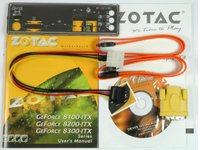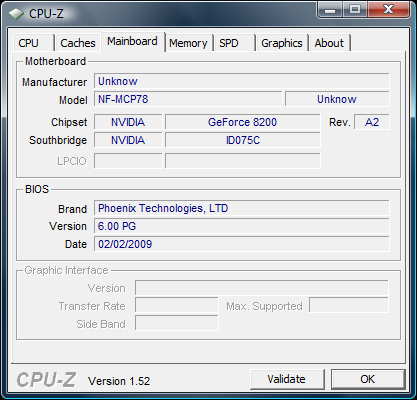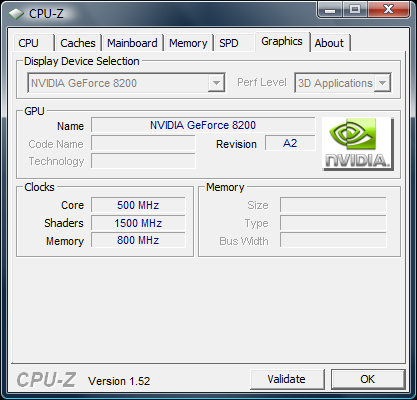Mini-ITX: Two Cases And Four Motherboards Compared
Mini-ITX Motherboard: Zotac GeForce 8200 ITX WiFi (Socket AM2+)
This is the first of two Zotac motherboards we're reviewing based on the mini-ITX form factor.
The company has essentially set the bar in on-board graphics-enabled mini-ITX platforms, mostly by utilizing Nvidia chipsets, which are traditionally much more powerful than anything in Intel’s integrated graphics lineup.
In addition, Zotac adds wireless connectivity to all of its most recent recent mini-ITX products. This makes a lot of sense, since you might want to take small systems to various locations within the home, and most people don’t have network jacks available everywhere (Ed.: even more probable is that, in the home environments where you'd put a board like this, wireless connectivity would be added anyway; here you get it without the need for an add-in card).
This product is the GeForce 8200 ITX WiFi, based on AMD’s Socket AM2+ interface. As a result, DDR2 memory has to be used. The board has two DIMM sockets that accept up to 4GB of DDR2-1066 memory each. Zotac implemented a three-phase voltage regulator, which doesn’t appear very robust, but Zotac says it supports all AMD processors, including the Phenom II X4. Still, the platform's data sheet recommends a 65W TDP processor, and we strongly agree.
The wireless module comes factory-mounted. Zotac utilizes a small daughter board powered by a VIA chipset. You need to install the included antenna at the board’s connector panel. We also found conventional PS/2 keyboard and mouse connectors here, along with VGA and DVI display outputs, six USB 2.0 ports, analog audio jacks for the HD audio, and a Gigabit Ethernet port. The included DVI-to-HDMI adapter supports in-line audio as well.
Zotac’s four SATA/300 ports support RAID 0, 1, 0+1, and even RAID 5, which is nice to have, but probably of little use on such a compact solution. Thanks to Nvidia’s GeForce 8200 chipset, this product has at least some graphics horsepower at its disposal. The engine runs at 500 MHz and its 16 stream processors have a shader clock of 1,200 MHz. No dedicated graphics memory is available due to the limited space on the mini-ITX board, but 3D performance still beats the Intel platforms with little effort.
While Zotac put a full x16 PCI Express slot on its Intel motherboard, the AMD model we’re discussing only has a one-lane PCI Express link for add-in cards.
Get Tom's Hardware's best news and in-depth reviews, straight to your inbox.


Current page: Mini-ITX Motherboard: Zotac GeForce 8200 ITX WiFi (Socket AM2+)
Prev Page Mini-ITX Motherboard: Intel DQ45EK (LGA 775) Next Page Mini-ITX Motherboard: Zotac GeForce 9300 ITX WiFi (LGA 775)



